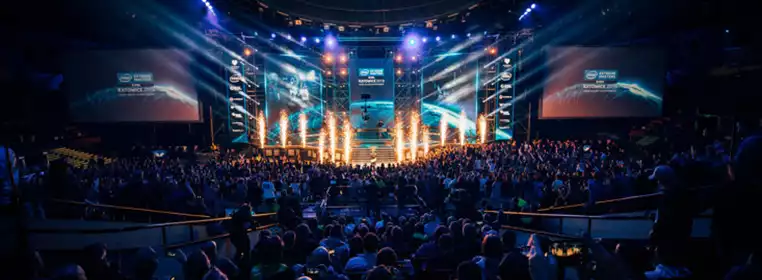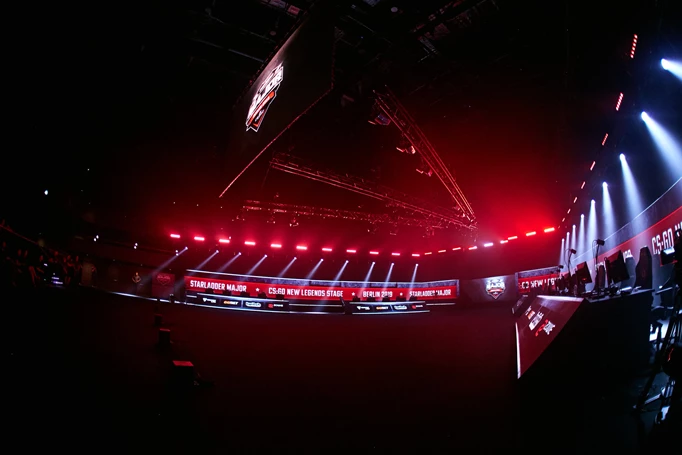CS:GO's Economy Has Narrative and Strategic Problems

It has been over one year since Valve has changed the CS:GO economy. In that time we’ve seen games extend from approximately 45 minutes to an hour. The lengthening of time is a consequence in the increased amount of gun rounds, which in turn has increased the number of games going the distance or into overtime. In the last year, we’ve felt the subsequent downsides as player fatigue rises and time commitment for viewers increases. In response to these problems, we’ve seen multiple suggestions. Most recently, Jacob “Pimp” Winneche suggested moving from MR15 to MR12. Chad “SPUNJ” Burchill has been against the change since the beginning and multiple other prominent community figures have come out against the change over the last year. There has been a growing sentiment that something needs to change.
An Overview of the Issues
Broadly speaking, there are three issues at hand: time commitment, exhaustion, and value.
In the case of time commitment, Tomi “lurppis” Kovanen wrote a twitter thread that summed up the primary problems with the current match length and its relation to attracting and maintaining a viewership. Matches have increased somewhere between 15-30 minutes a map, so it has increased the general time needed to watch a series from 1-2.5 hours to 3-4 hours on average.
The second problem is exhaustion for all parties. The people who take the primary brunt of it are the players, coaches, and broadcasters. The extended time increases the length of time that a player needs to stay focused for. While it isn’t a big deal in any singular instance, it starts to add up over a long period of time and this, in turn, hurts the end product as games can become sloppy and mistake-ridden the longer a game goes on. This exhaustion naturally applies to coaches and broadcast talent as well.
The third problem is value. Valve has slowly been equalizing value across all rounds through weapon changes and the economy.
On the surface, this seems like a good thing. By equalizing all gun rounds, you decrease variance (so losing ecos/pistols hurt less) and the more consistent teams get more rifle rounds to prove they are better.
While both of those statements are true to a degree, it has led to a more boring spectator experience. As SPUNJ tweeted the following:
This tweet gets at the two big value problems of CS:GO’s current economy: narrative value and strategic value.
Narrative Value
The narrative problem with CS:GO’s economy is that it gives too little variance and too many chances. All of the great stories have rises and falls in the story arc. The protagonist must face adversity and overcome it. This is as much a core tenet in a good story as it is in a good competition.
For instance, both The Dark Knight and Transformers are action movies. While both are action movies, the general consensus is that the Batman movie is better. There are multiple reasons why, but one of the biggest is the narrative draw. I can remember the struggles that Batman had to overcome whereas I barely remember anything ever happening to Optimus Prime.
The reason I bring up this example is that the old economic system allowed for matches to have an archetypal situation closer to The Dark Knight. Teams faced situations where they were in a desolate situation and had to double-eco before getting back into the game. This increased the stakes for the rifle round as it created a must-win round. If the team won the round, they had to win an almost equally important subsequent round to avoid getting eco-broken again.
In contrast to that, the current economic system is much closer to Michael Bay’s Transformers. The action never stops as both teams get as many chances as they want at rifle rounds. There is no moment of repose or lull in the action. While it’s fun in the short term, by not sacrificing that action for a moment of reflection or pause, the highs become far more muted as a result.
By increasing the number of rifle rounds, Valve has equalized the narrative value of almost all the rounds. Subsequently, no round is as impactful as the older gun rounds of old. By making every round “special” none of them are.

 Click to enlarge
Click to enlargeThe Strategic Value
The second problem is the strategic value. For the most part, I agree that the increase in gun rounds favours the more consistent team. The problem is that it takes away from play selection and hurts teams with deeper playbooks deep in playoff brackets.
Play selection is an abstract concept, so I’ll turn to a SC2 analogy to explain my point. One of my favourite SC2 players is Kim “SuperNova” Young Jin. What made him special was that he could play the standard Terran styles and a “domino” style where his entire game plan hinged on the first ambush and if he could push the first domino down, he could force the opponent down a trail of dominos that led to his victory.
What I admired most about SuperNova was his ability to recognize when he should use which style. Against weaker opponents, he opted for the standard style as there were fewer gaps for the opponent to abuse. Against better opponents, he used the domino-style to take them out of their comfort zone.
By reducing the number of rifle rounds in a map, leaders have to pick and choose what tactics or style of play gives them the best chance of victory. In the current CS:GO economy system, this aspect of play is largely marginalized.
In most cases, due to how many rifle rounds there are in any single map and how much more exhaustive tournament format rounds are, most teams will usually use everything in their playbooks through the group stages and quarterfinals.
This comes to my second problem, even teams with deep playbooks often exhaust most of them by the end of the quarterfinals. It is rare that you see a team pull out a surprise after that point (notable exceptions being Astralis’ Vertigo pick at the Major or Liquid’s Train pick at EPL 8 Finals).
I personally enjoy watching players and teams pull out something unique and special in the latest stages of the tournament. To this day, I’m still awed at how Jung “MVP” Hyun pulled out new styles and builds in his 2012 GSL Season 2 finals against Park “Squirtle” Woo despite having played two Protosses in his playoff bracket already.
The Buck Ends at Valve
There have been multiple good suggestions as to how to fix the problem. Switching to MR12, reverting the economy system, making some changes to the round and bomb timer, etc. However, everything comes back to Valve. While TOs can try to experiment with these changes, it will be up to Valve to fix the narrative and strategic problems that their economic changes have created.
Image via ESL and StarLadder